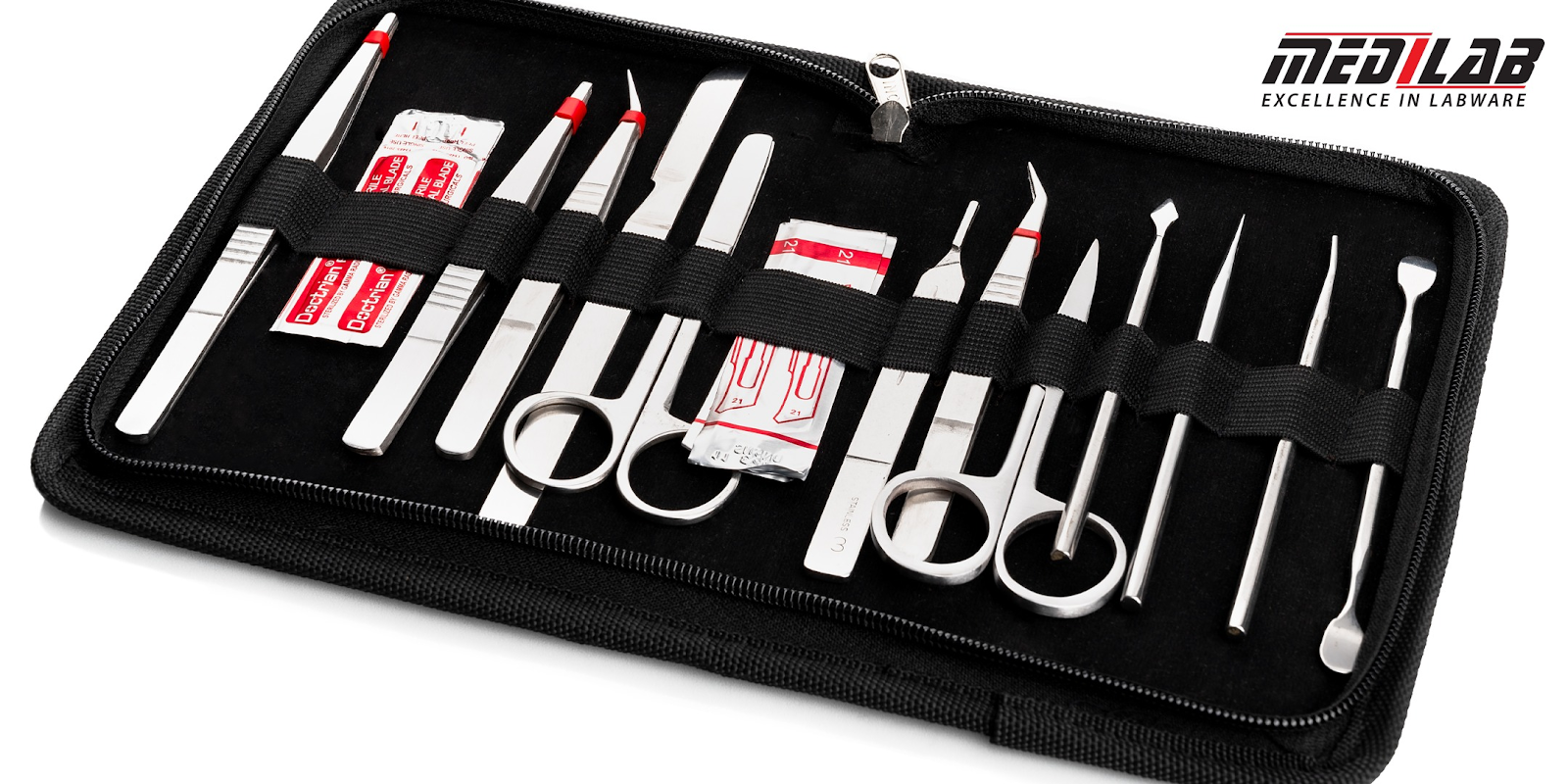Essential Lab Equipment: Exploring Volumetric Flasks, Test Tube Holders, Burettes with Stands
In the realm of laboratory experiments and precise measurements, having the right equipment is paramount. This blog will delve into the description and significance of key laboratory apparatus, including volumetric flasks, test tube holders, burettes with stands, and plastic reagent bottles.
Volumetric flasks play a crucial role in accurate volume measurements. These specialized glass containers come with a flat bottom, long neck, and precise calibration marks. The narrow neck prevents evaporation, ensuring precise and consistent results. Volumetric flasks are available in various capacities, catering to diverse experimental needs.
Test Tube Holders:
Test tube holders are indispensable tools in any laboratory. Designed to hold test tubes securely, these holders provide a stable platform for various procedures, from heating substances to mixing reagents. The ergonomic design ensures a firm grip, allowing scientists to manipulate test tubes safely during experiments.
Burettes, coupled with stands, are fundamental in titration experiments. The burette, a long, graduated tube with a stopcock at the bottom, allows controlled dispensing of liquids. The stand provides support and stability, ensuring accurate and precise titrations. This dynamic duo is essential for achieving meticulous results in quantitative chemical analyses.
Plastic reagent bottles are a modern alternative to traditional glass bottles. These bottles, typically made from high-quality plastics, offer advantages such as lightweight construction, durability, and chemical resistance. The secure sealing of plastic reagent bottles prevents contamination, making them suitable for storing various chemicals and solutions in the laboratory.
Conclusion:
In the intricate world of laboratories, precision is paramount. Volumetric flasks, test tube holders, burettes with stands, and plastic reagent bottles stand as pillars of accurate experimentation. Understanding the features and applications of these essential laboratory tools is crucial for scientists and researchers striving for excellence in their work.

Comments
Post a Comment